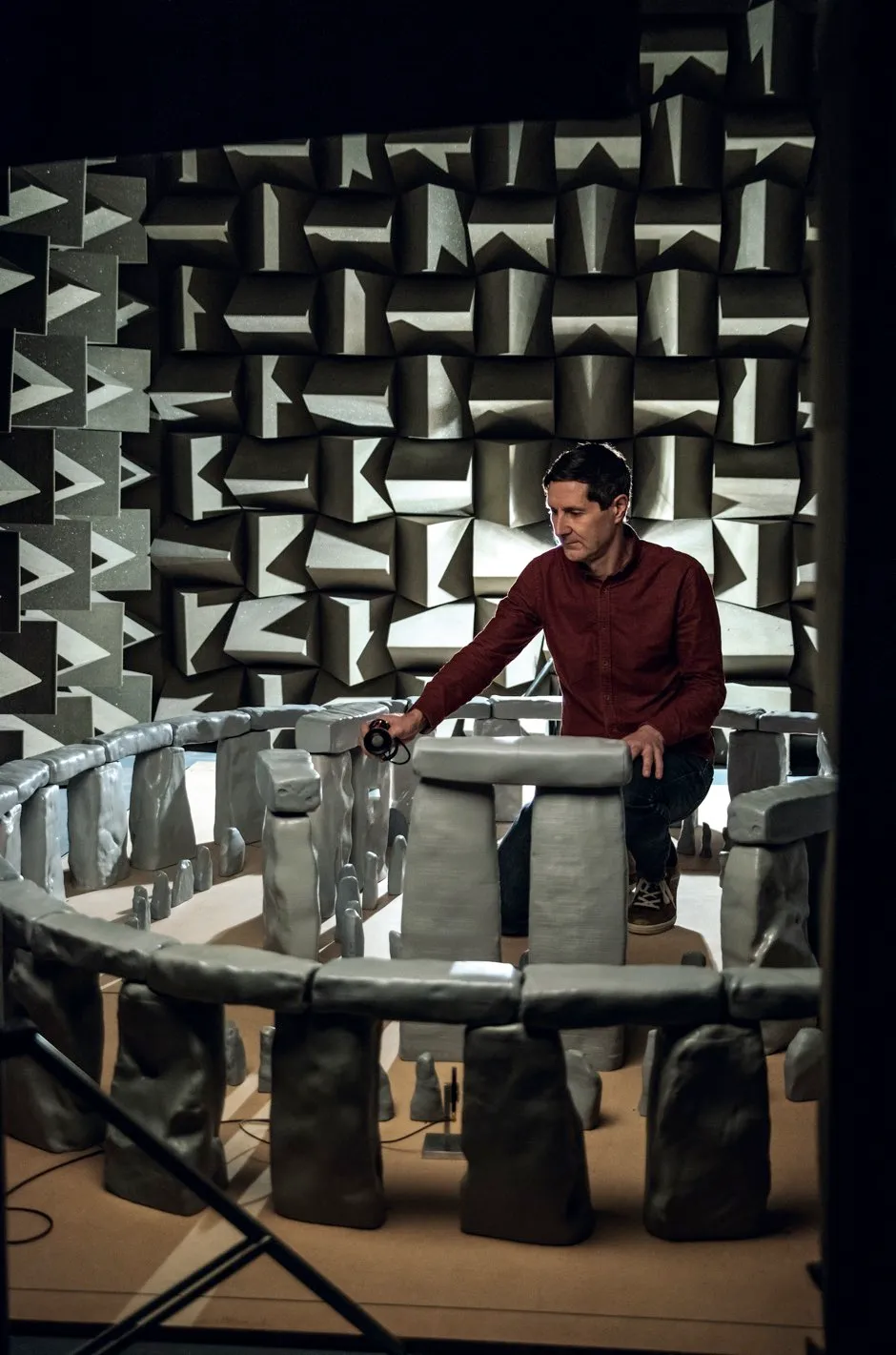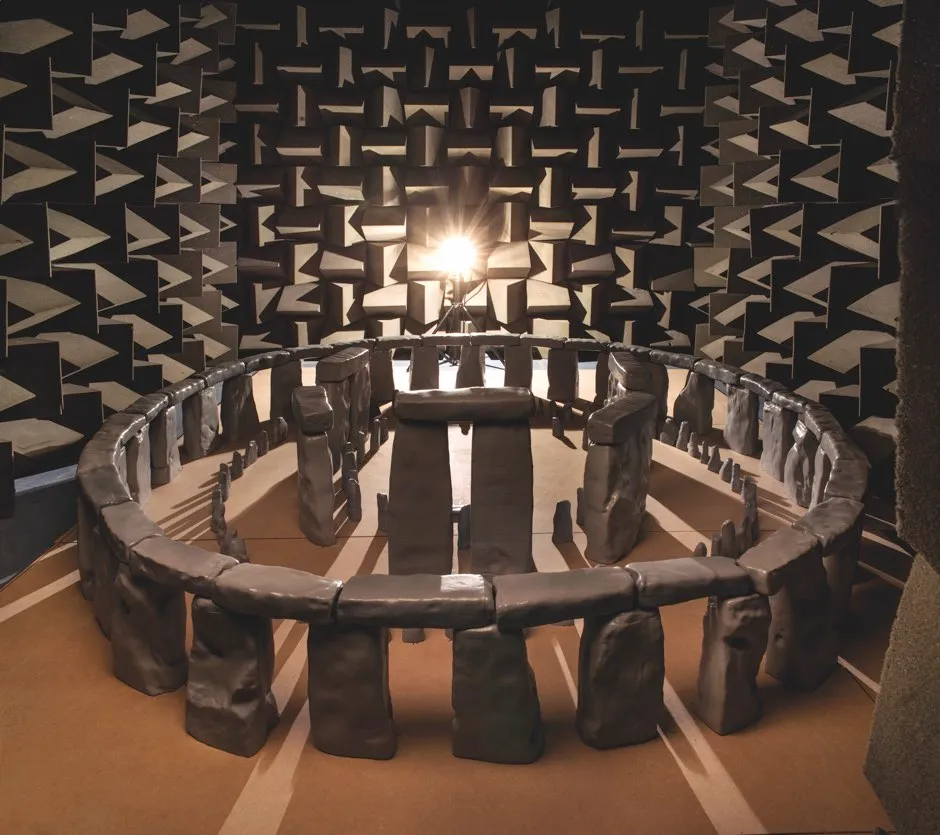Sound engineers at the University of Salford have created a tiny model of Stonehenge in order to investigate the ancient monument’s acoustic properties.
The 157 stones were made by pouring a plaster-polymer mix into individual 3D-printed silicone moulds, which were constructed using highly accurate laser scan data provided by Historic England. The 1:12 scale model is just over 2.5m across and includes representations of many stones that are now missing from the original monument.
Prof Trevor Cox and his team created the model to test its acoustic properties, in an attempt to shed light on what Stonehenge may have been used for. “There have been very few studies into the sounds created at Stonehenge,” said Cox.
"We know, for example, that reflections from the stones should have helped to reinforce speech. But by how much? This scale model, which uses archeological mapping techniques to better understand the site’s layout, will give us new insights into what our ancestors would have heard in the stone circles.”

Prof Trevor Cox tested the acoustic properties of the scale model using ultrasonic soundwaves.

The 157 stones were carefully positioned to faithfully replicate the structure of the real-life Stonehenge.

The completed model was placed into an anechoic chamber for acoustic analysis. The pattern of spikes on the walls are specially designed to completely absorb all sound waves.
Read more:
- Unbeerlievable! Ancient Egyptian ale recreated from 5,000-year-old yeast
- What was Stonehenge made for?
Follow Science Focus onTwitter,Facebook, Instagramand Flipboard